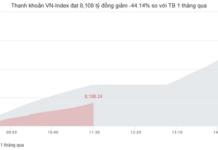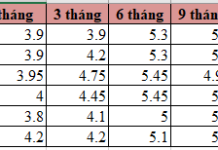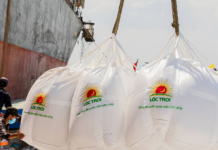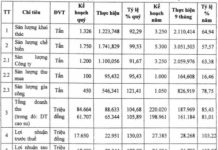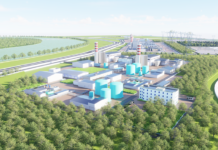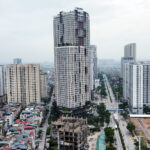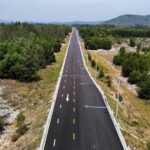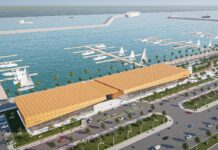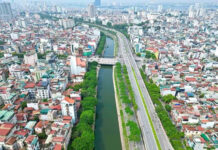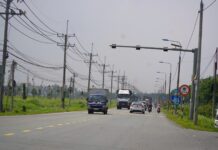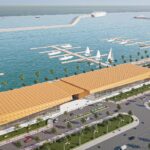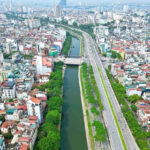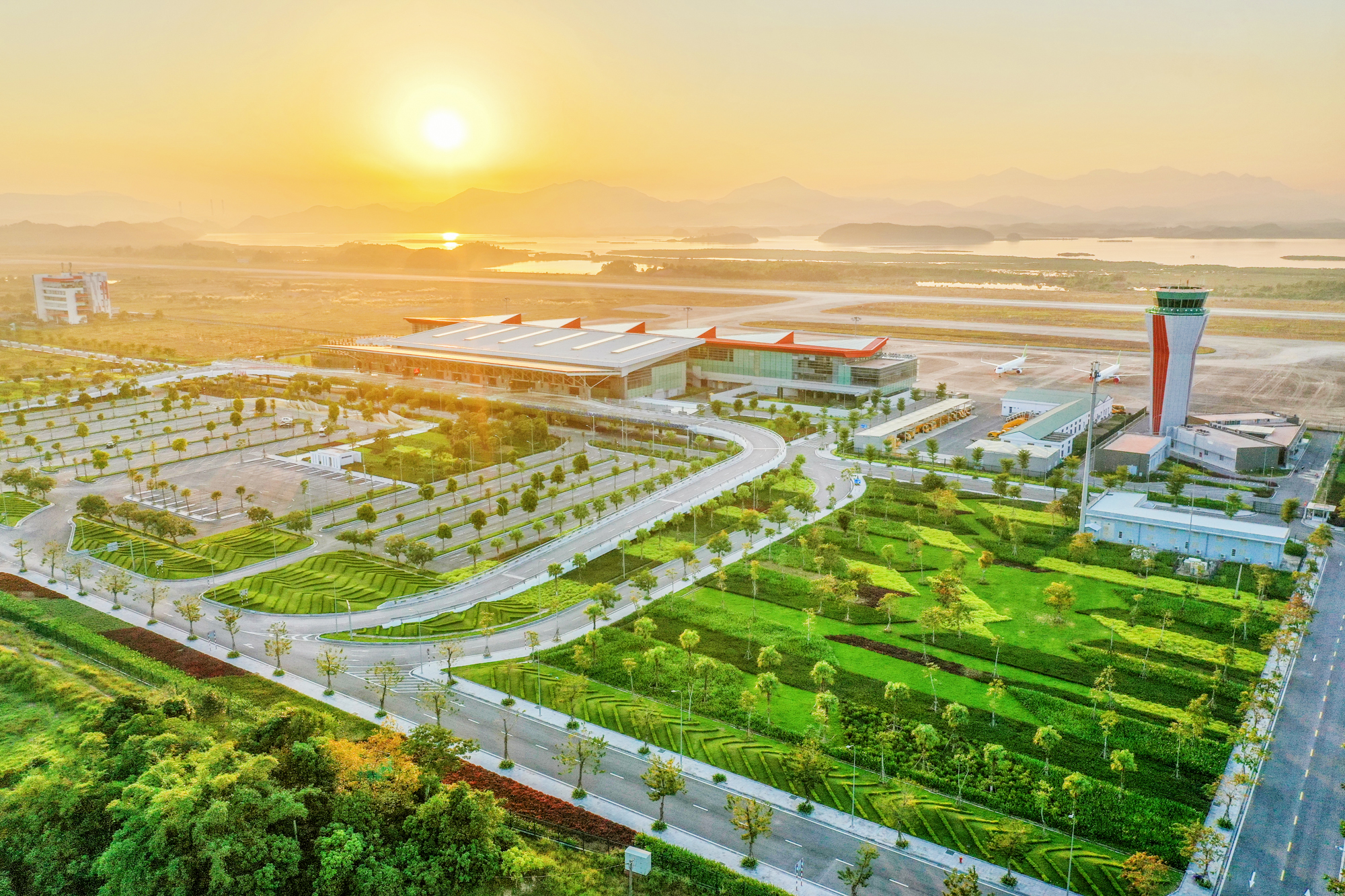
Across the globe, many islands thrive in tourism due to their seamless blend of natural landscapes and convenient connectivity, often boasting their own private airports. Take, for instance, the Maldives in the Indian Ocean and Jeju in South Korea. In Vietnam, Phu Quoc (in An Giang), Con Dao (in Ho Chi Minh City), and Cai Bau (in Quang Ninh) are among the few islands that boast civilian airports. These strategic infrastructure advantages significantly boost tourism and the economy while also contributing to the unique character of each island. The photo showcases Van Don International Airport, located on Cai Bau Island.
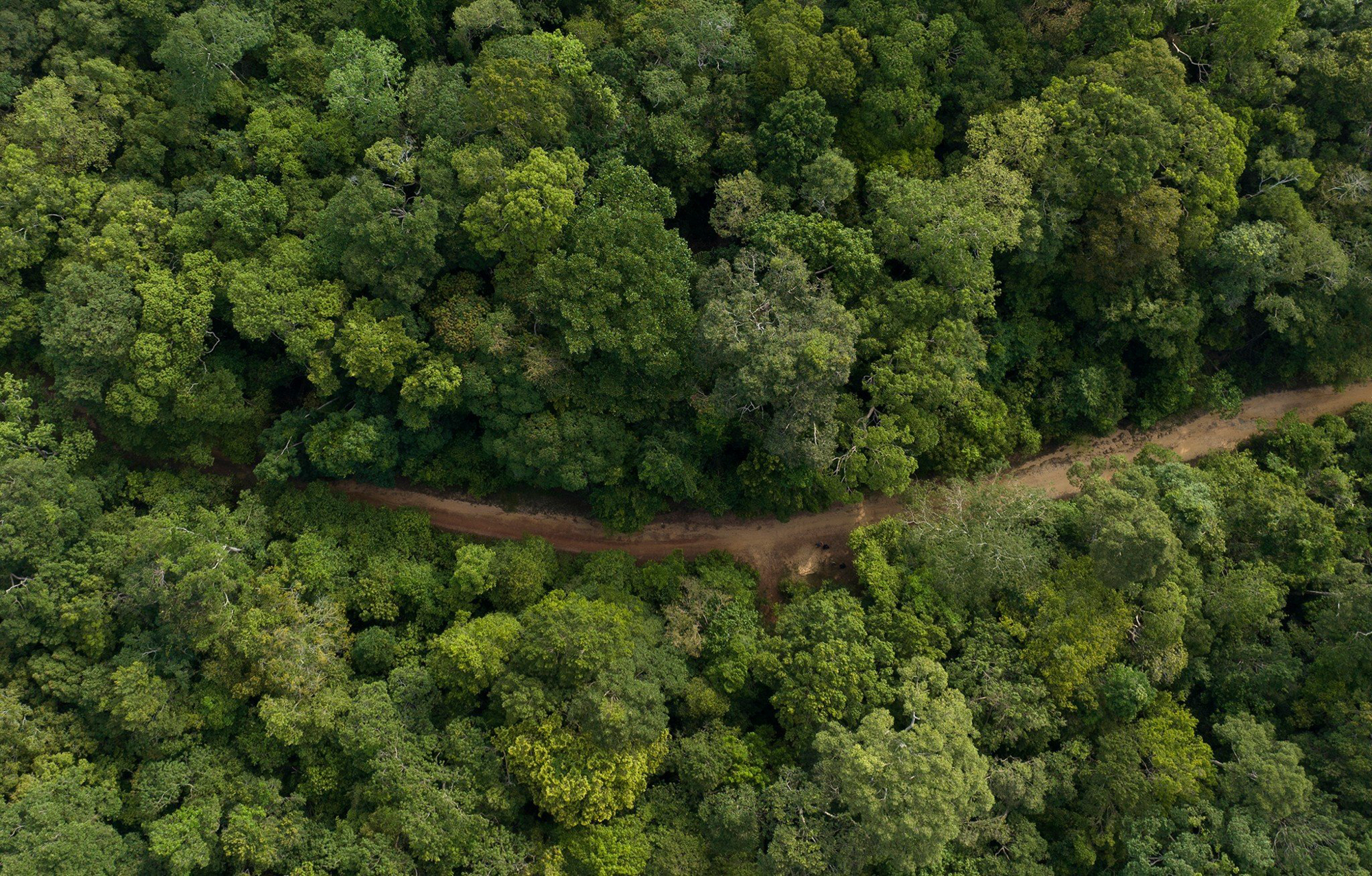
Dubbed the “southern resort paradise,” Phu Quoc is the largest island in Vietnam, spanning an area of 567 square kilometers. Half of the island (300 square kilometers) comprises a national park, including an 81-square-kilometer strictly protected area. This lush green space serves as the island’s lungs and a shared habitat for nearly 1,400 plant species and 500 animal species, nearly 200 of which are rare and endangered.
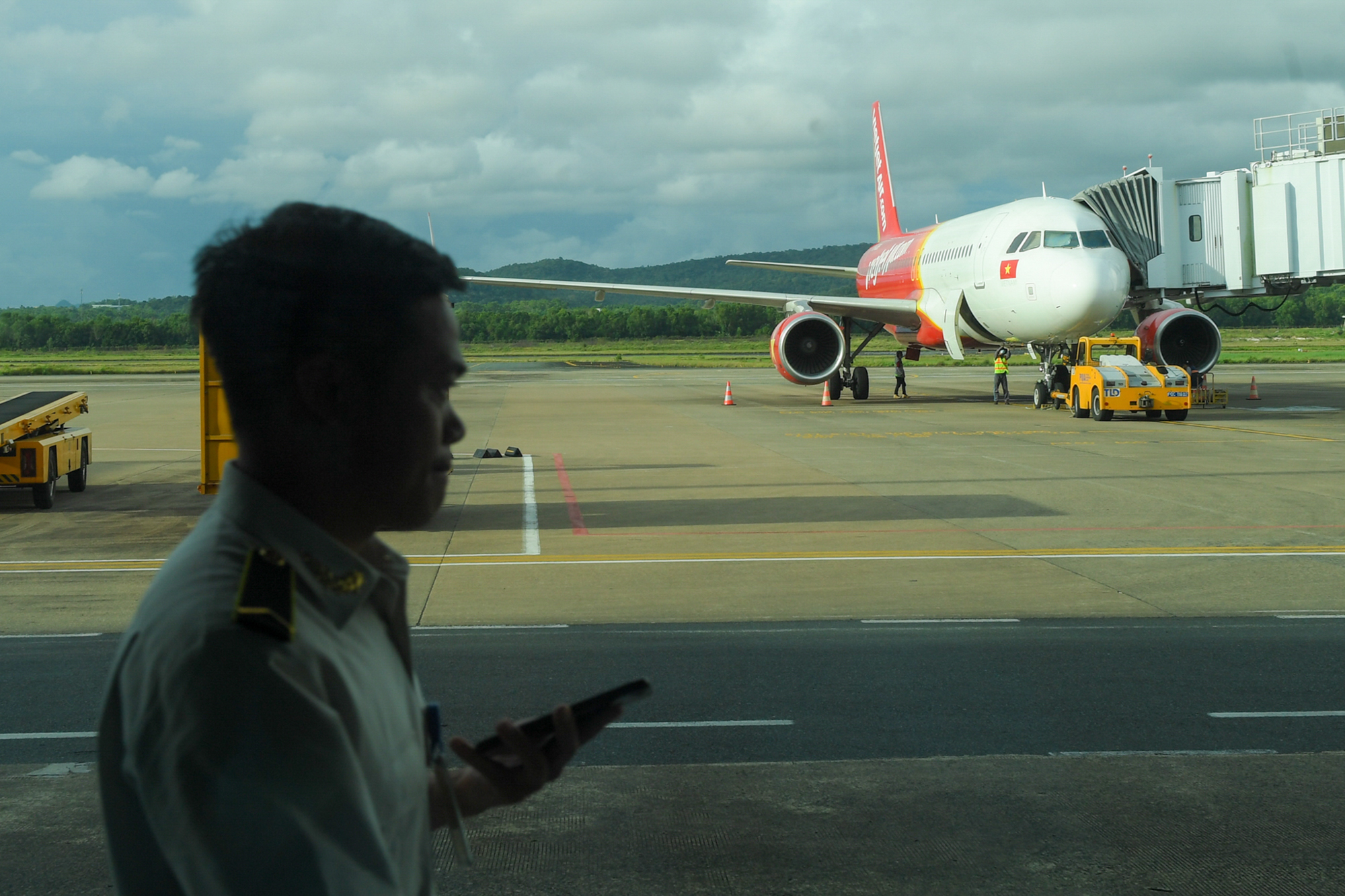
Notably, Phu Quoc is the first island in Vietnam to host a large-scale international airport. Located about 10 kilometers from Duong Dong town center, the airport covers an area of 900 hectares and features a 3,000-meter runway capable of accommodating large aircraft like the Boeing 787 and Airbus A350, with a capacity of 400 passengers. The airport also offers a modern terminal and can handle up to 7 million passengers annually.
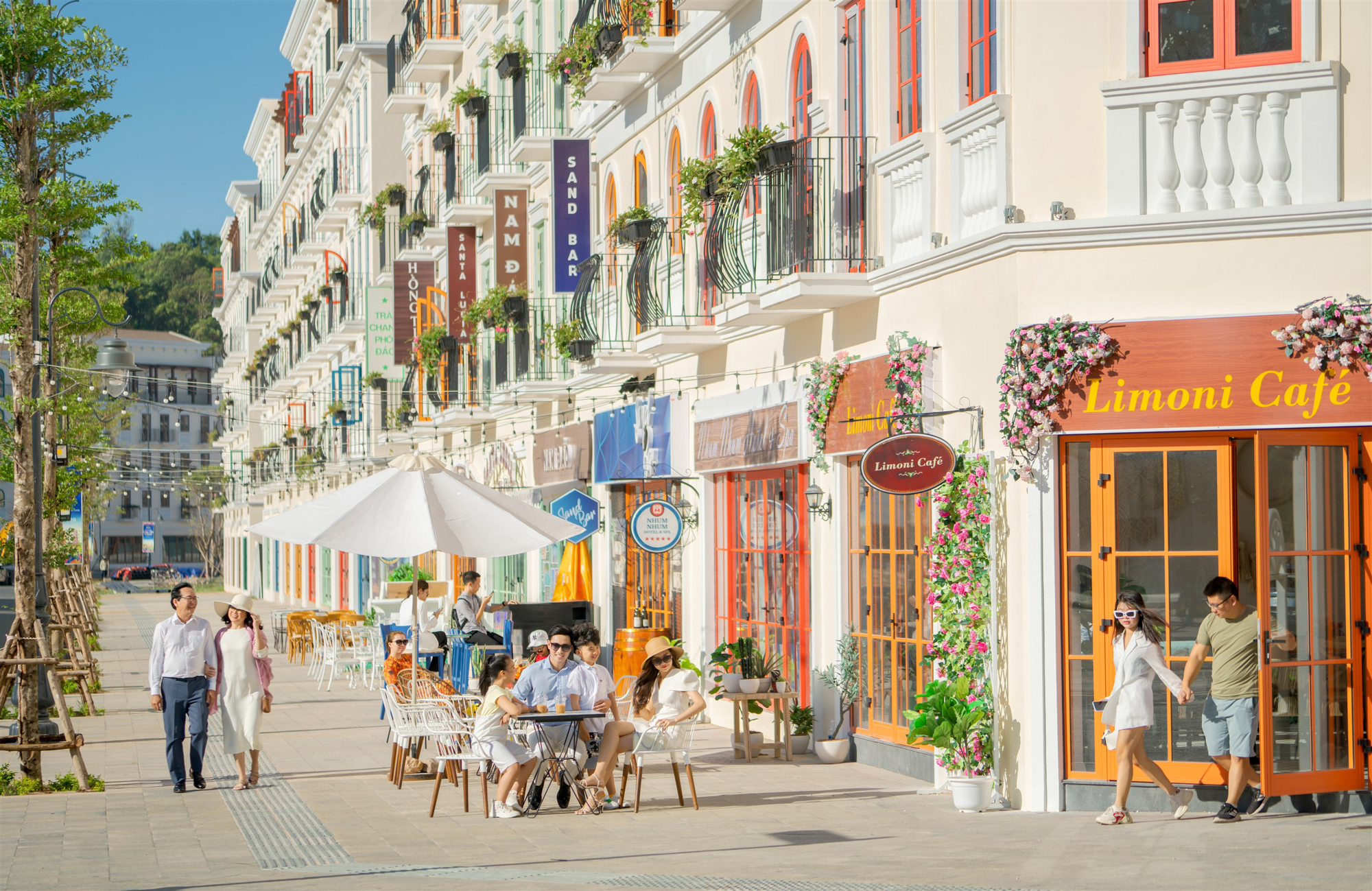
Thanks to its convenient connectivity, Phu Quoc welcomed over 5.2 million visitors in just the first seven months of 2025, reflecting a nearly 1.5-fold increase compared to the same period in 2024. Tourism revenue reached nearly VND 24,900 billion, doubling the previous year’s figure, underscoring its growing appeal to domestic and international travelers.
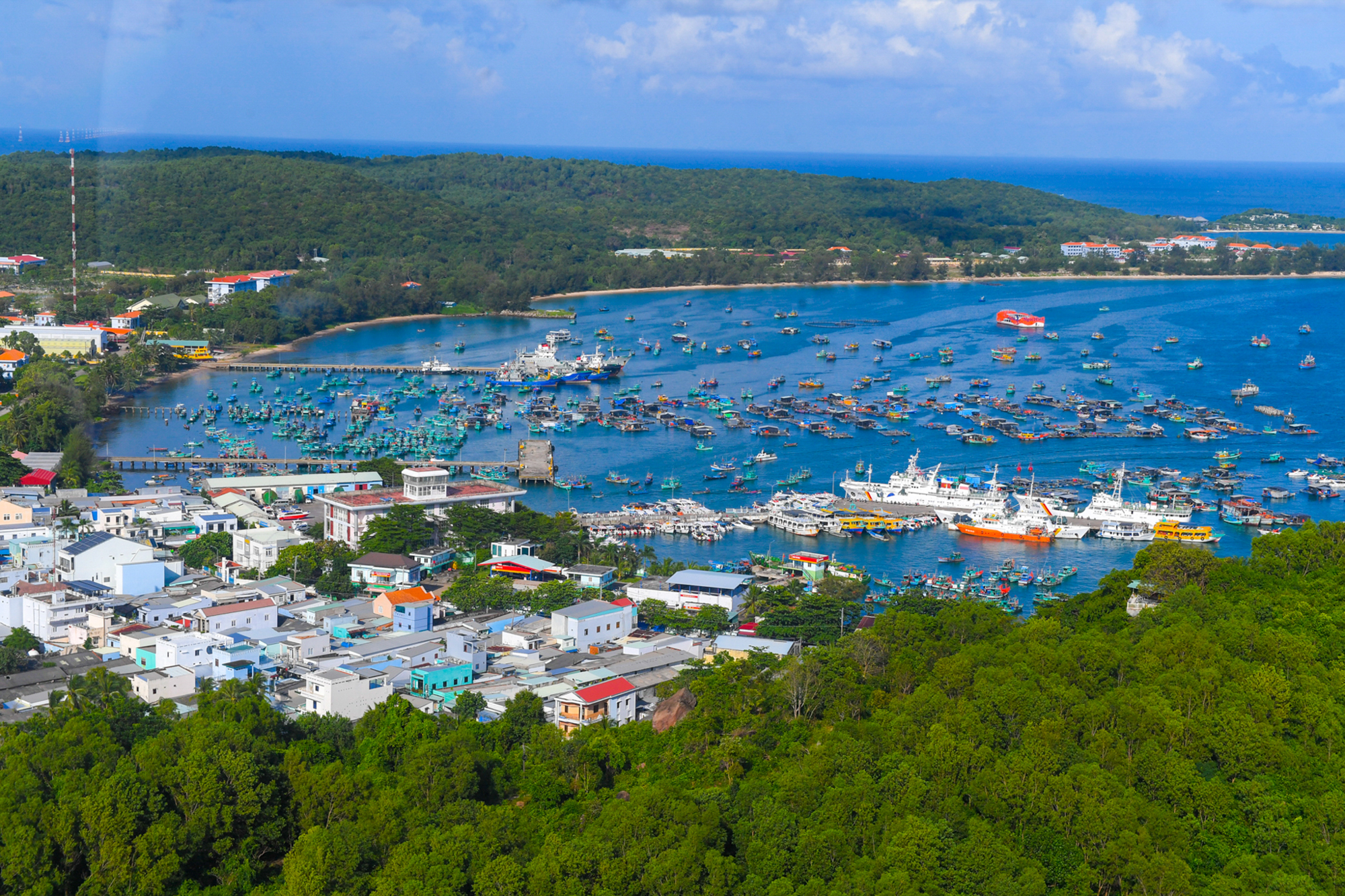
Additionally, a comprehensive tourism ecosystem has sprung up around the airport, encompassing hundreds of resorts, a golf course, shopping malls, and a deep-water port. As of 2024, the special zone recorded more than 274 tourism projects with a total investment of nearly USD 16 billion. In the same year, the region’s total revenue reached VND 8,900 billion, a staggering increase of over 100 times compared to 2004, and accounted for more than 50% of the total revenue of the former Kien Giang province.
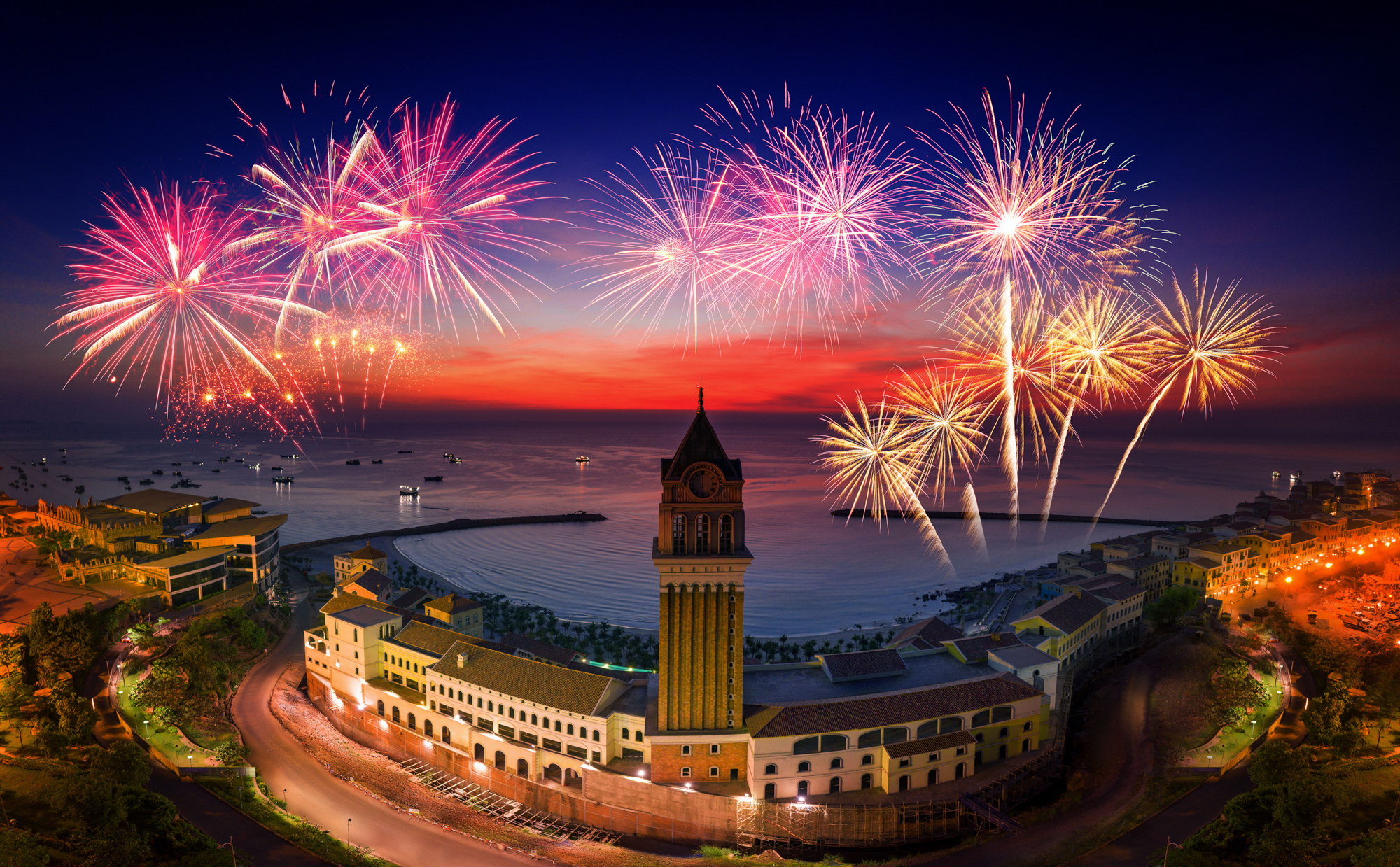
The influx of tourists has also fueled real estate projects on the island. Several prominent developers, including Vingroup, Sun Group, Bim Group, and CEO, have launched projects across the island. The photo showcases Hoang Hon Town, a notable development in Southern Phu Quoc.
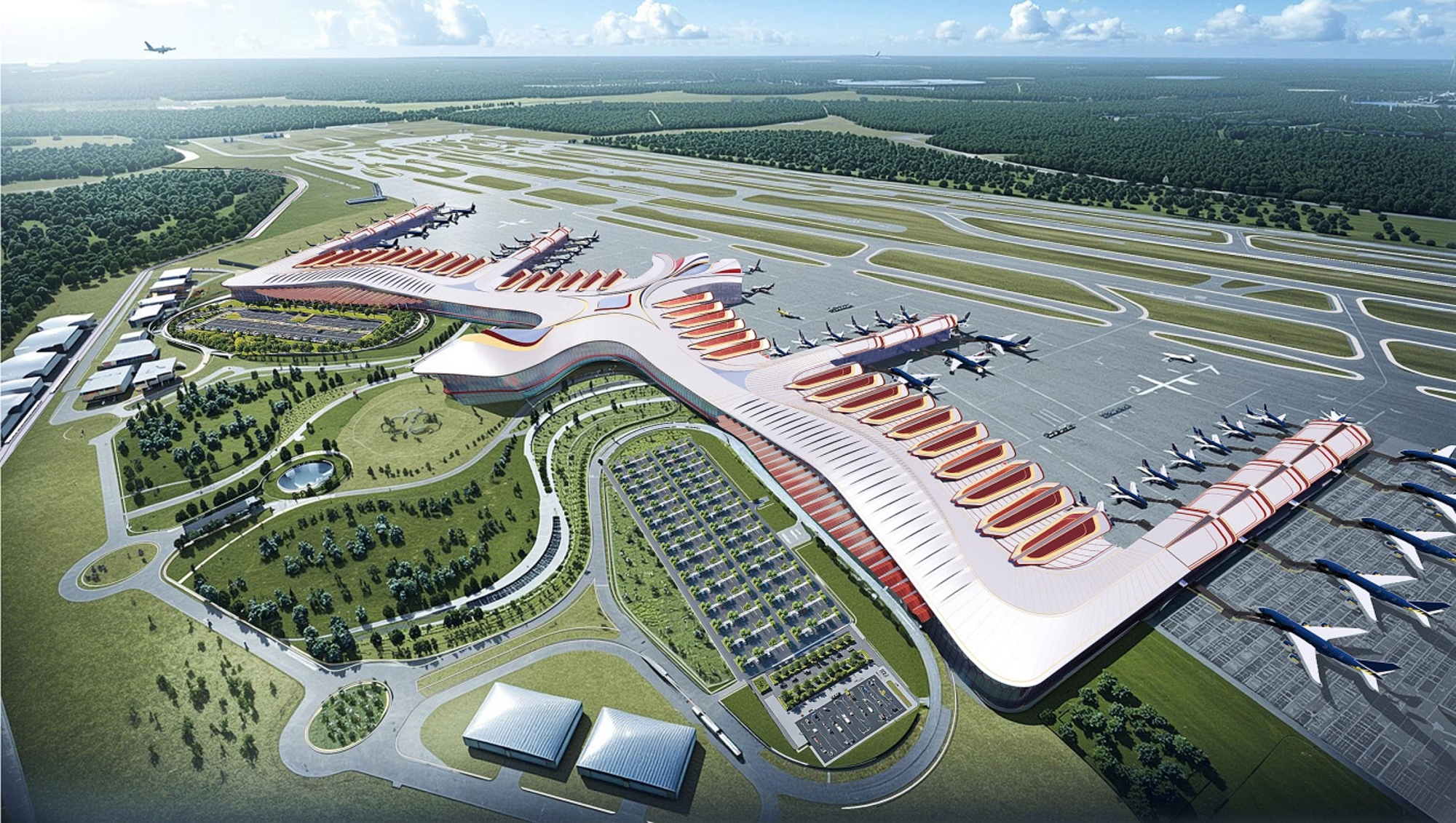
Amid the rapid growth, Phu Quoc also faces infrastructure challenges. To address this, the Phu Quoc airport will undergo expansion by 2030, increasing its capacity to 20 million passengers annually. Additionally, coastal road projects, tourism urban areas, and a conference center are in the works to prepare for the APEC 2027 event.
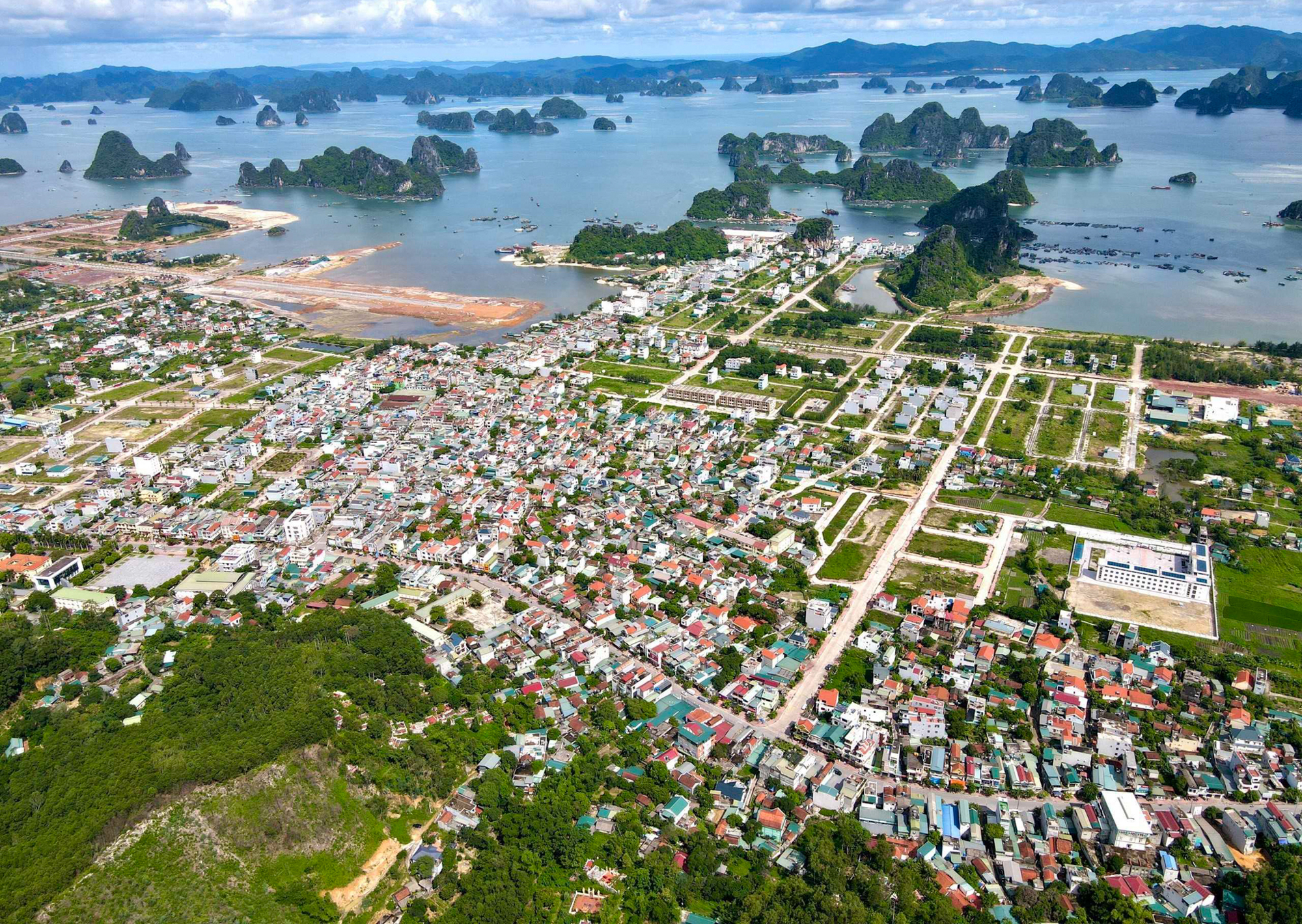
Similar to Phu Quoc, Cai Bau is the largest island in the Van Don Special Zone, comprising over 600 islands in Quang Ninh province. With an area of approximately 228 square kilometers, it accounts for nearly half of the total area of the special zone (551 square kilometers). Cai Bau also serves as the administrative and economic center of Van Don, housing the Cai Rong town and the majority of the region’s population.
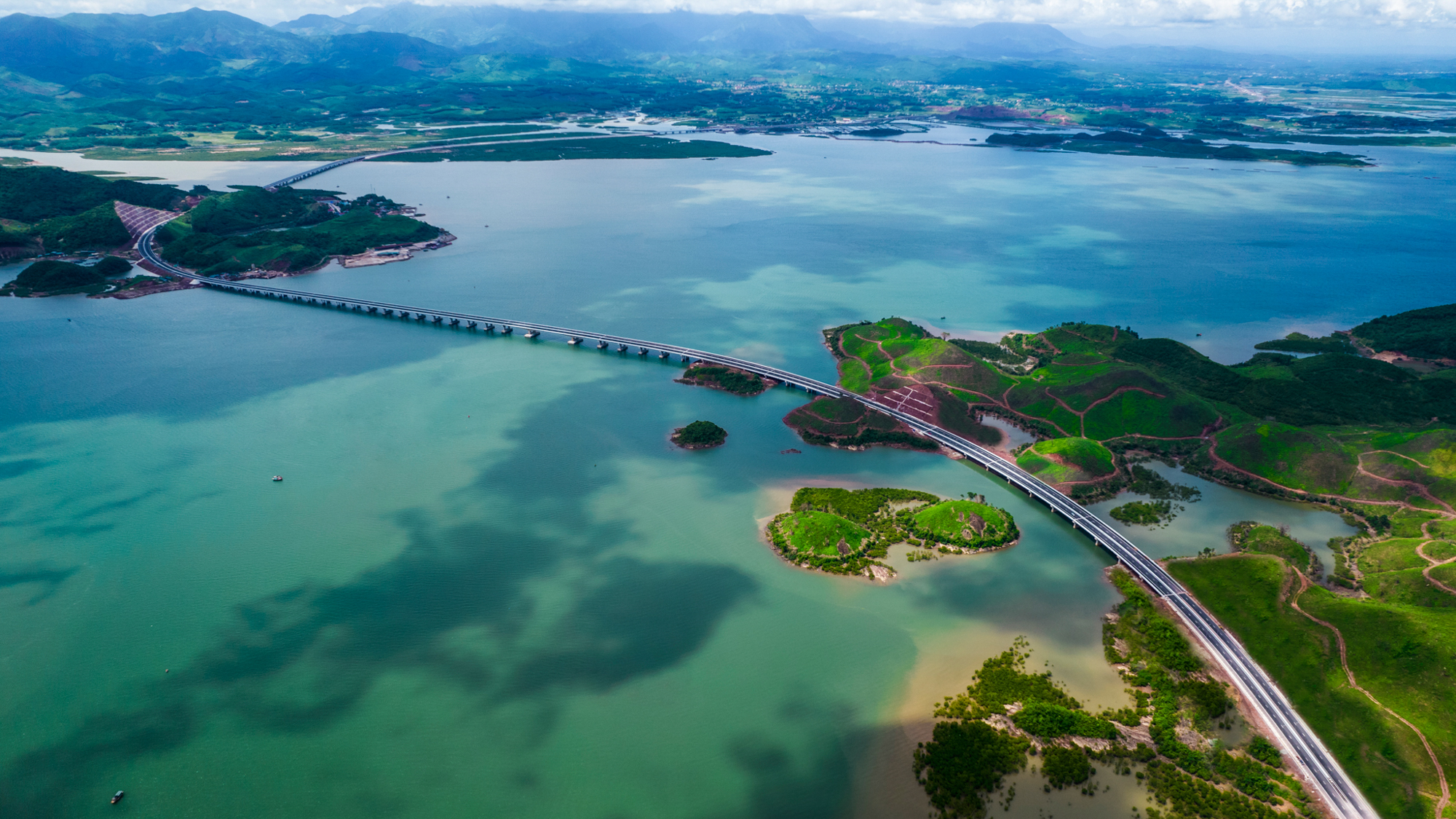
Unlike isolated islands, Cai Bau enjoys a direct connection to the mainland via the Cua Ong Bridge and the Ha Long – Van Don – Mong Cai Expressway (CT06). This significantly reduces travel time from Hanoi to the island to just over two hours, facilitating economic exchange between the coastal and inland regions.
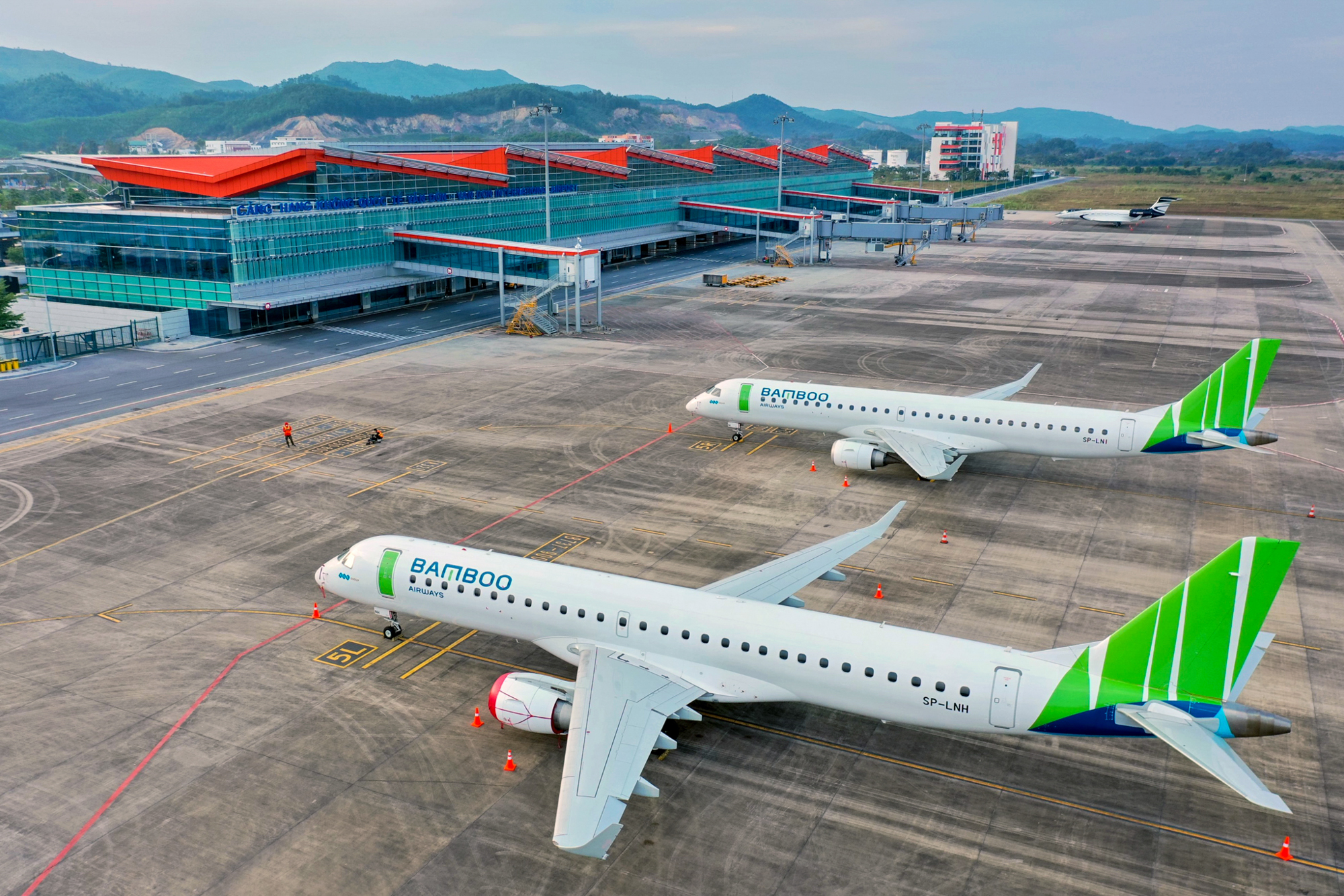
Notably, Cai Bau is home to Van Don International Airport, Vietnam’s first private airport, developed and operated by Sun Group since late 2018. Spanning an area of 325 hectares, the airport complies with ICAO 4E standards, featuring a 3,600-meter runway capable of accommodating wide-body aircraft like the Boeing 787 and Airbus A350. It is designed to handle 2.5 million passengers and over 10,000 tons of cargo annually.
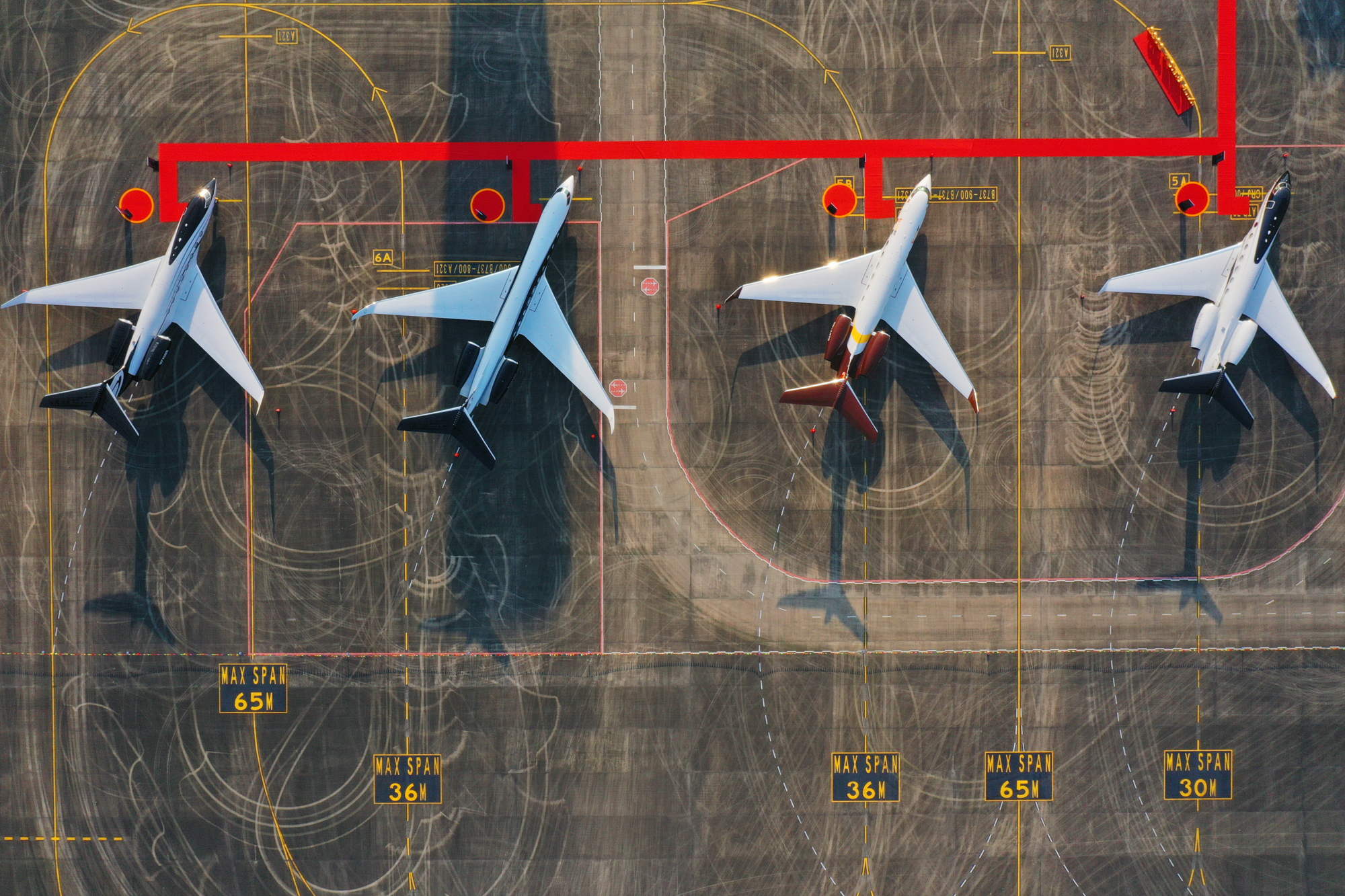
Furthermore, Van Don International Airport is the first in the country to obtain permission to operate commercial helicopter services, catering to premium tourism, emergency medical services, and forest and marine surveillance.
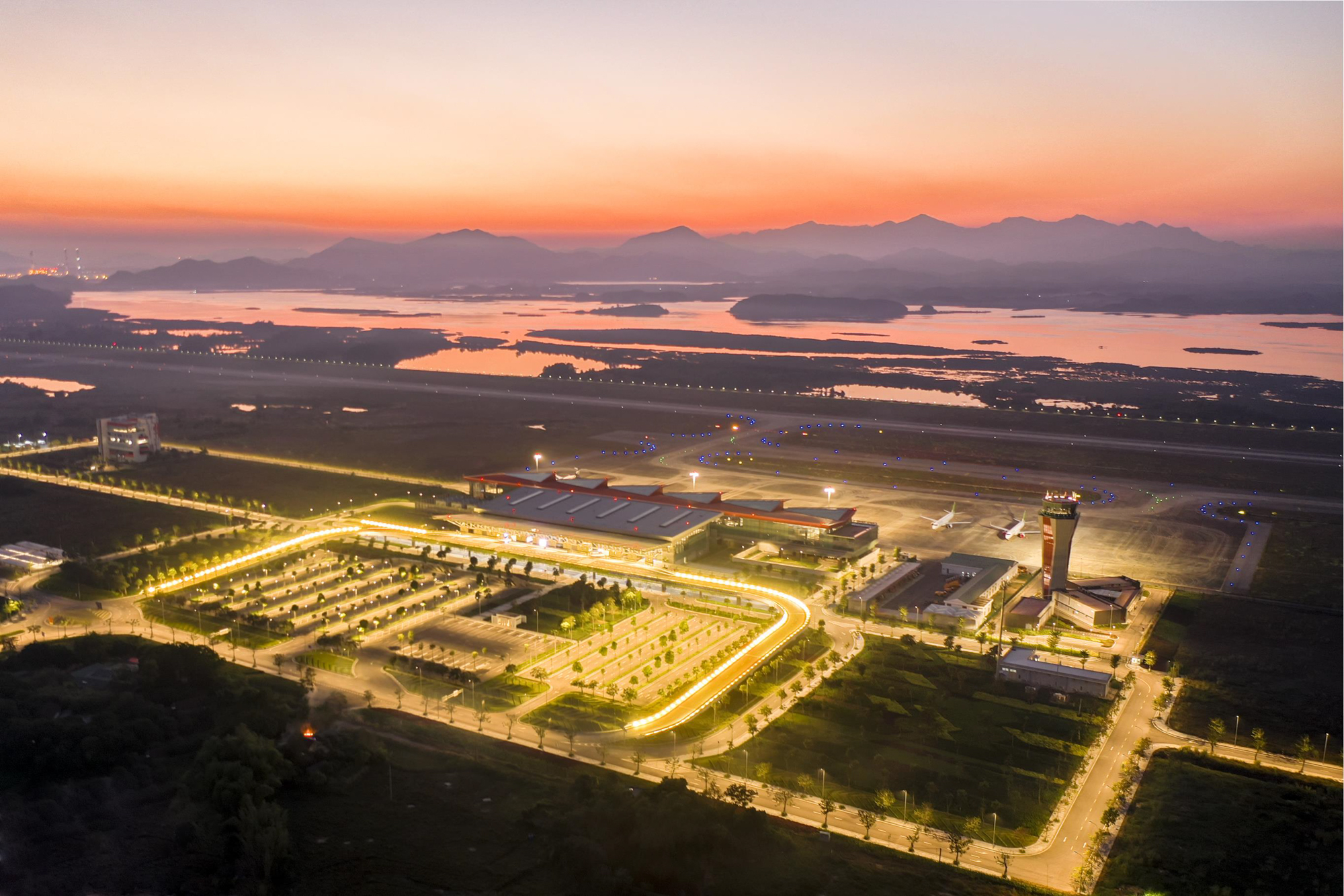
According to the Prime Minister’s Decision (No. 1395/QD-TTg), a series of strategic projects, including a complex of marinas, resorts, commercial centers, and a high-end casino with a minimum investment of USD 2 billion, will be developed within a 20-kilometer radius of Van Don International Airport in the coming years.
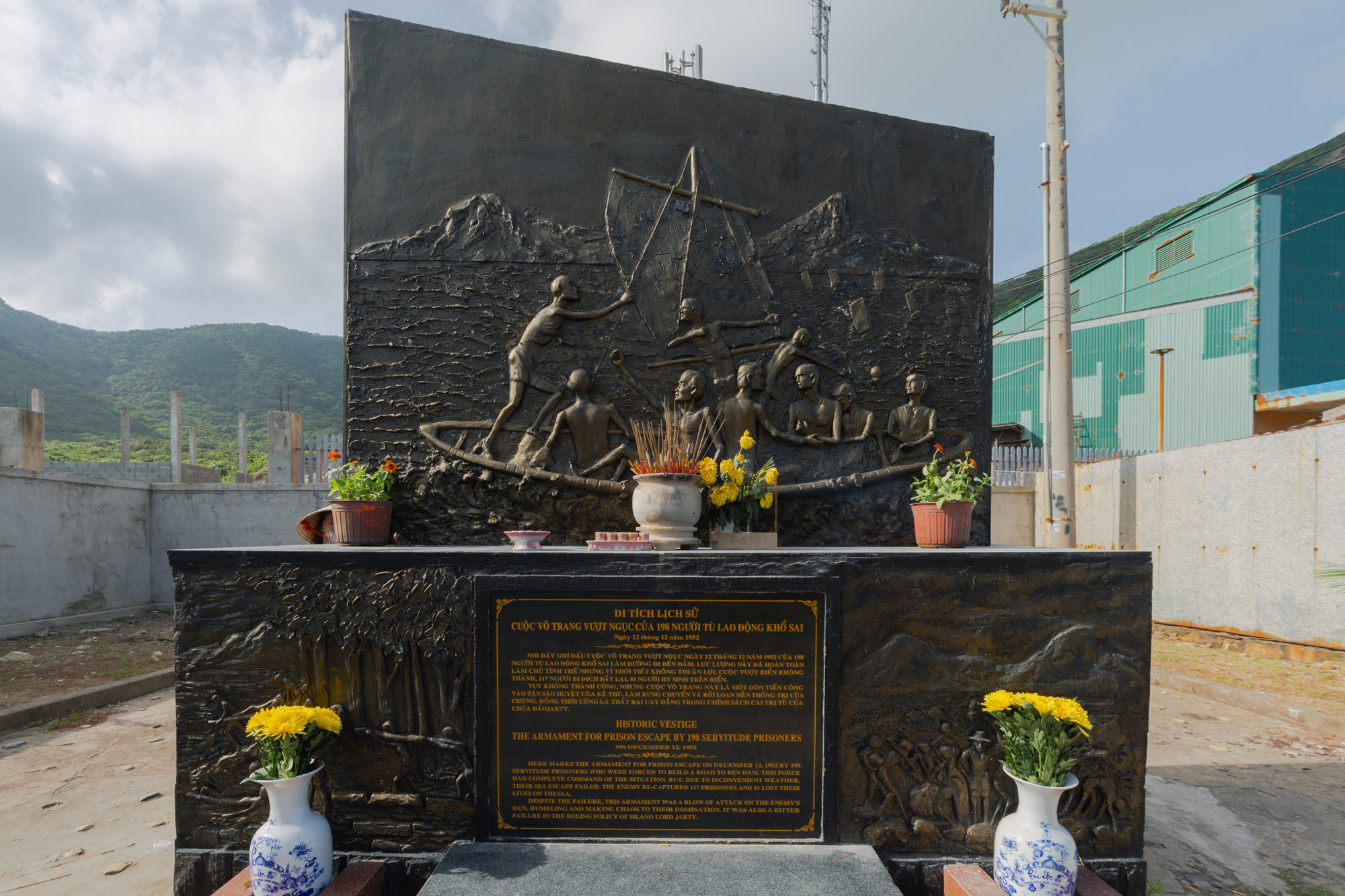
The smallest of the three, Con Dao (in Ho Chi Minh City), spans an area of just 76 square kilometers and is home to over 10,000 residents. What sets Con Dao apart is the unique combination of historical heritage and marine island ecology. Once a place of imprisonment for tens of thousands of revolutionary soldiers for nearly a century, Con Dao is now recognized by UNESCO as a World Biosphere Reserve, preserving rare species such as sea turtles, manatees, and dolphins.
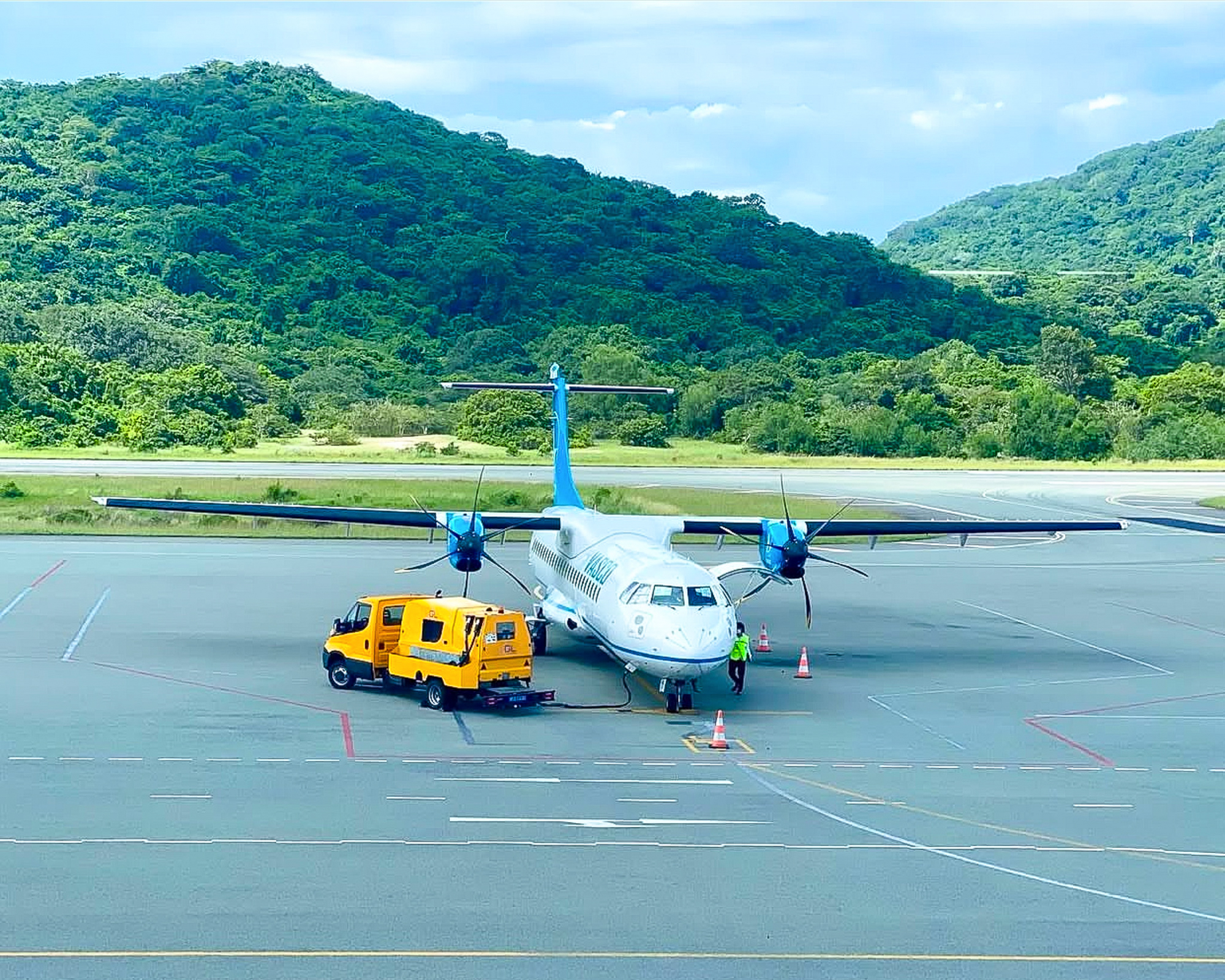
In terms of infrastructure, Con Dao is the only locality in the city with an airport, offering direct flights to Tan Son Nhat Airport. The island’s airport covers an area of 141 hectares, about one-sixth the size of Phu Quoc’s (900 hectares), and features an 1,830-meter runway, significantly shorter than its counterpart. Given its limited scale, the airport mainly serves small aircraft like the ATR72, accommodating around 70 passengers.
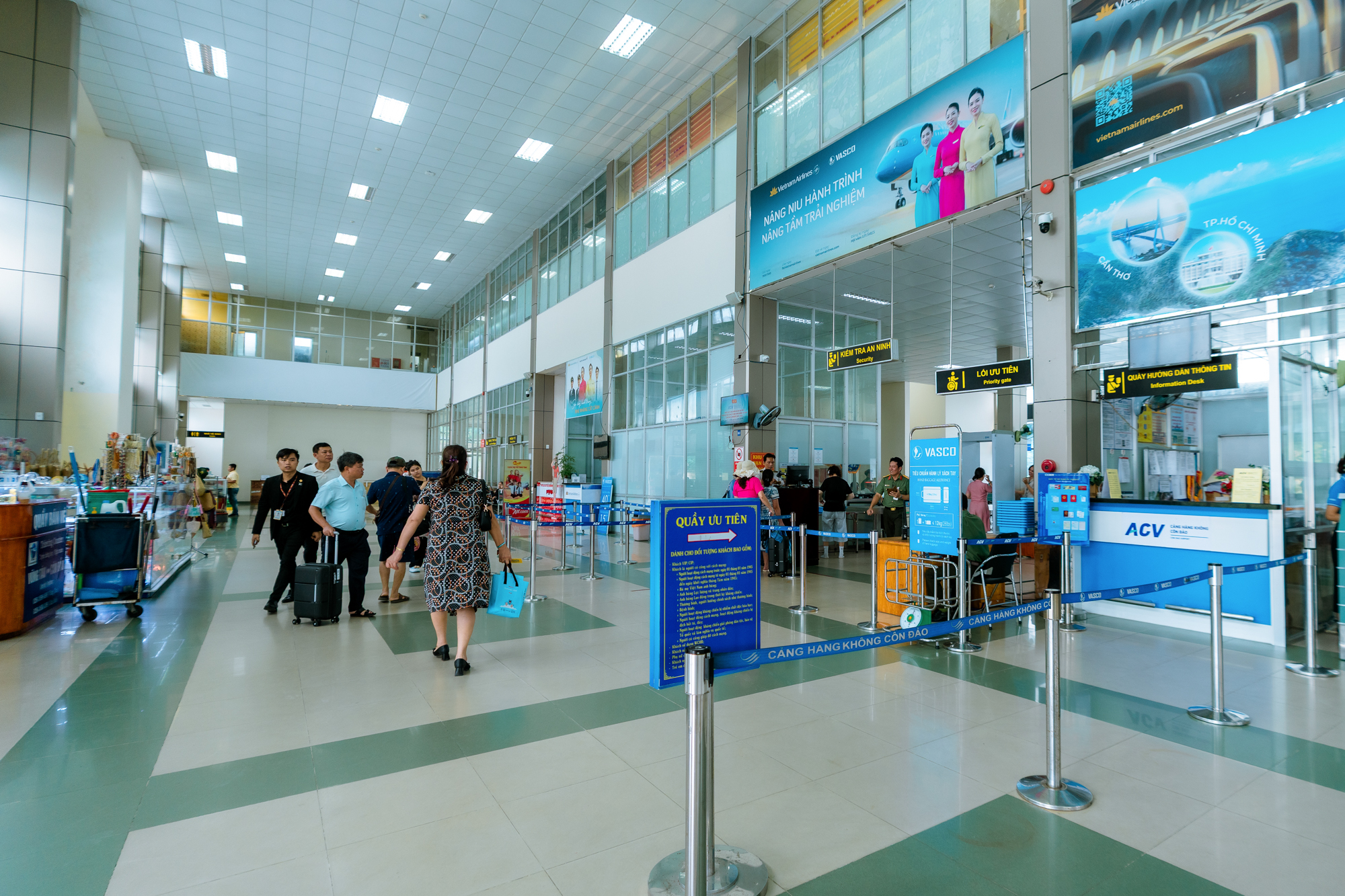
However, in just the first six months of 2025, the Con Dao Special Zone welcomed nearly 400,000 visitors, approximately 40 times its population. Notably, during the peak summer months of May and June, Con Dao Airport served almost 100,000 passengers, highlighting the growing strain on the existing infrastructure.
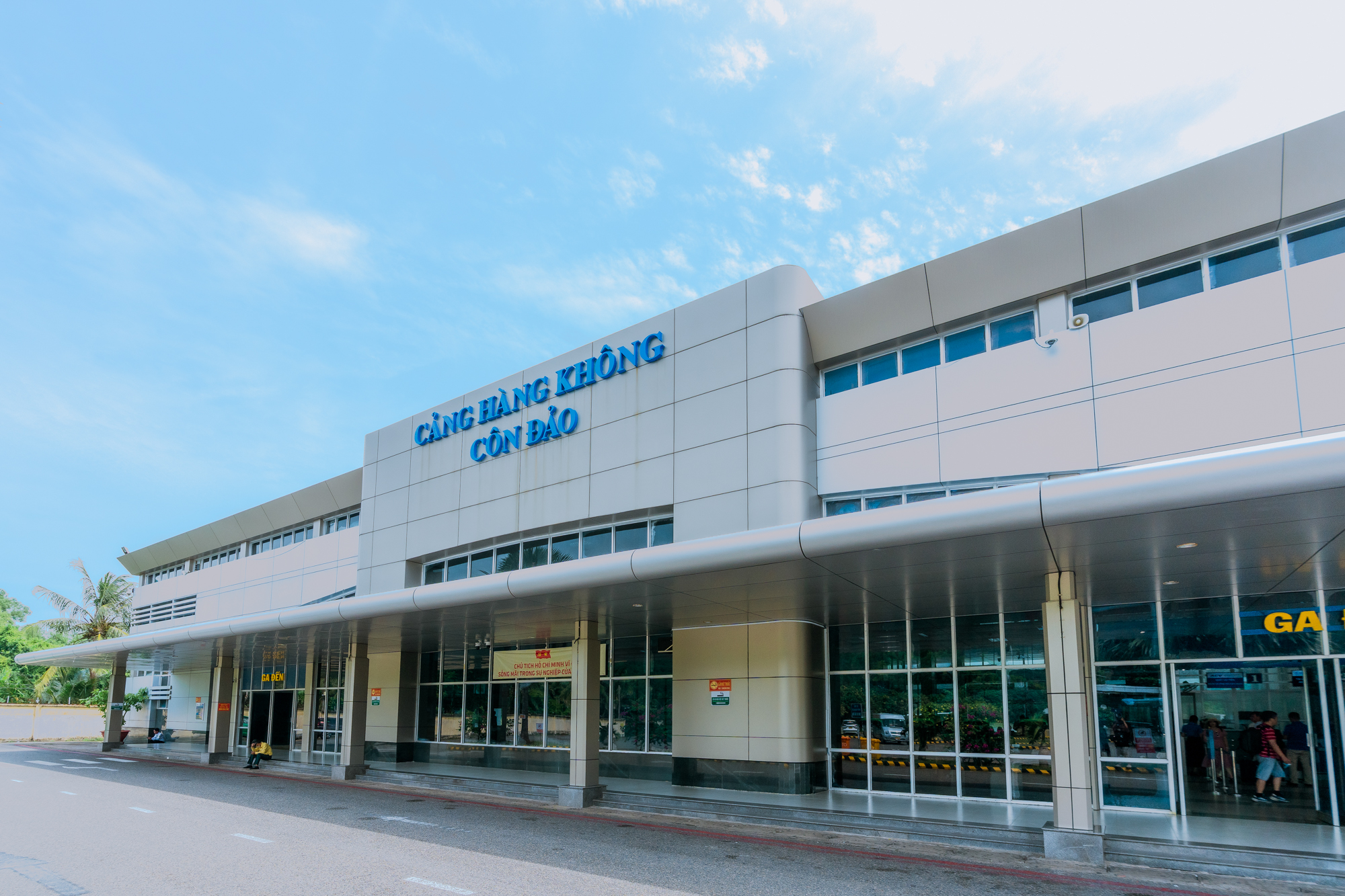
Faced with the risk of overloading, a project to upgrade the airport with a total investment of over VND 3,780 billion is under consideration. The goal is to achieve ICAO 4C-4E standards, enabling it to accommodate larger aircraft like the Airbus A320 and A350 (150-300 seats). Upon completion, the enhanced connectivity will spur longer-term stays and propel the growth of the tourism and resort real estate market in the region.

Currently, tourism accounts for over 70% of Con Dao’s economic structure. In 2024, the island welcomed more than 586,000 visitors, and tourism revenue surpassed VND 3,000 billion, reflecting a nearly 13% increase from the planned target. Photo: Nguyen Ken.
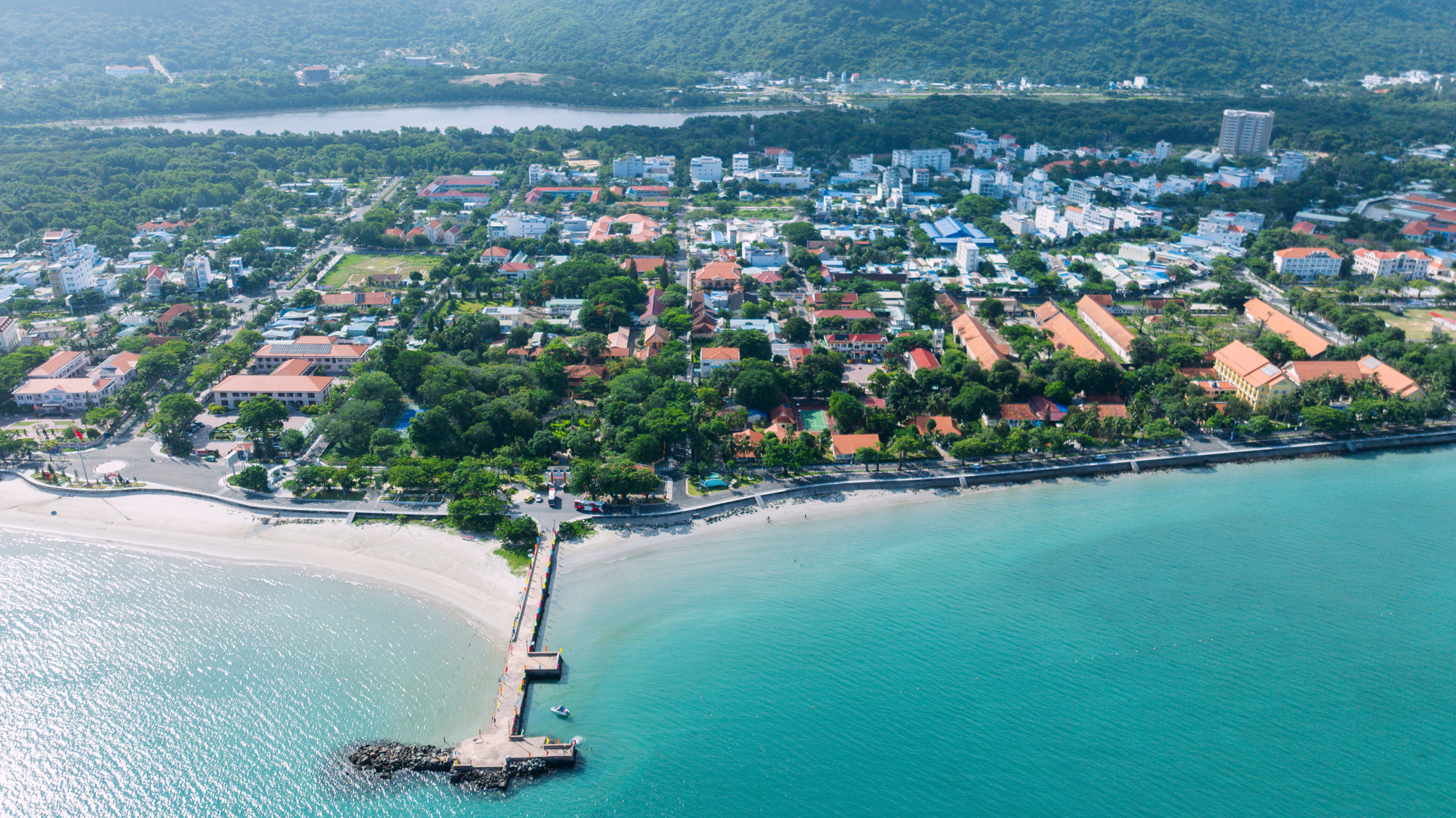
According to the master plan for 2030, Con Dao will develop high-quality tourism, prioritizing 5-star resorts, health and wellness retreats, and conservation-focused investments. Con Dao will also emerge as a strategic destination along the southern coastal tourism route, fostering an investment model that harmonizes development and conservation.
A Capital’s Lost Dream: Usilk City’s Unkept Promise
The USilk City real estate project, developed by Song Da Thang Long JSC, has turned into a ghost town, shattering the dreams of prospective homeowners. Located in the heart of the capital, this once-promising expansion of the Van Khe new urban area has stagnated, leaving a trail of broken promises and unfulfilled dreams in its wake. This project is one of six in Hanoi that has come under the scrutiny of the Government Inspectorate, bringing attention to the plight of its would-be residents.
Witness the $360-Million Road: Gia Lai’s Vital Transport Artery
The road connecting Tay Tinh to the coastal road in Gia Lai is a vital transportation artery for the province.

